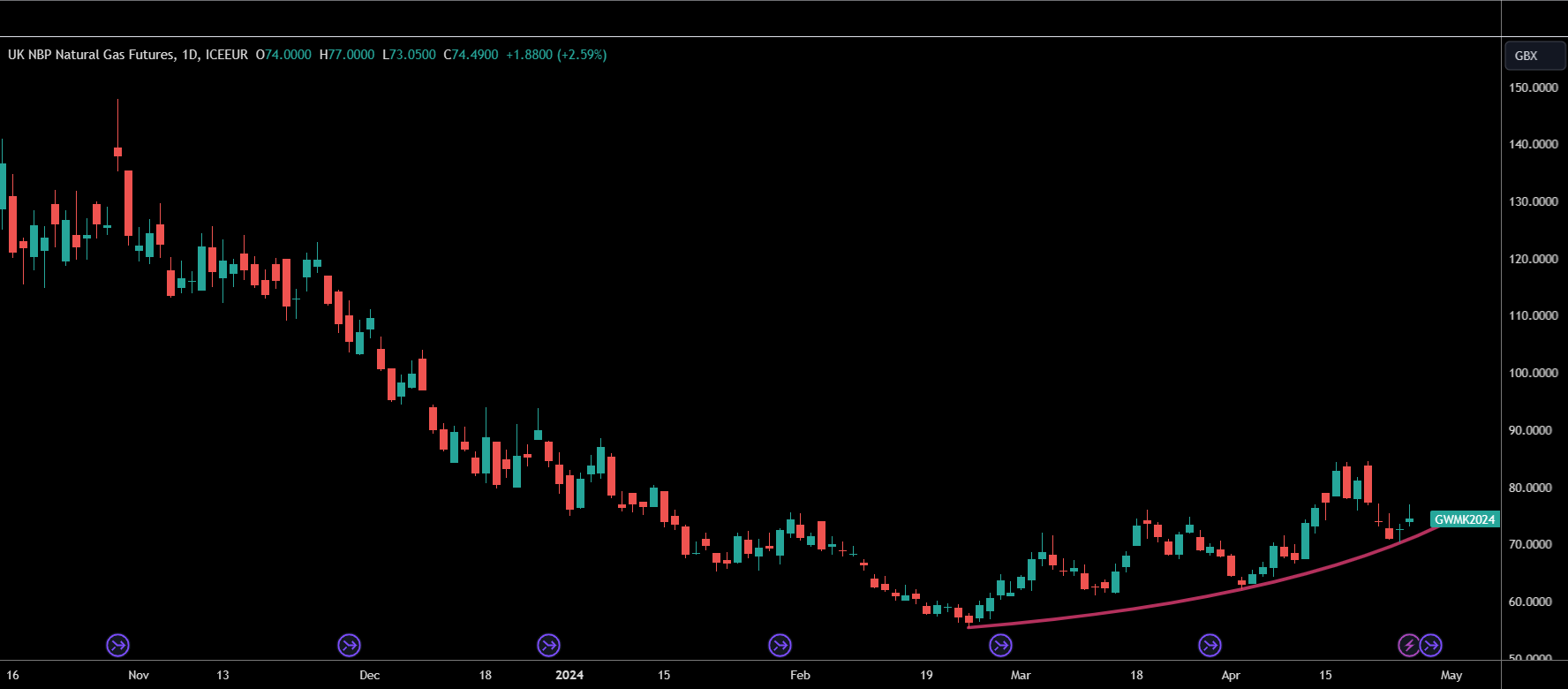Latest News
Latest News & Blog

Catch up with the latest energy news and information

04 Apr, 2024
The Climate Change Levy (CCL) -- a tax on business energy use to encourage environmental responsibility -- is seeing an increase in rates for gas and solid fuels starting April 1, 2024. This is designed to help with the government's goal of achieving net zero emissions by 2050. What is the CCL? The CCL is an environmental tax added to the electricity and gas bills of businesses and public sector organizations. It incentivises reduced greenhouse gas emissions and improved energy efficiency. There are two main CCL rates: Main Rate: Applies to all businesses in relevant sectors and varies depending on energy usage. Carbon Price Support Rate: Applies to electricity generators and combined heat and power station operators (not changing in 2024). What's Changing? Main Rate Increase: The CCL rate for gas is rising from 0.672 pence per kilowatt-hour (p/kWh) to 0.775 p/kWh, matching the existing rate for electricity. This increase aims to create a level playing field between these energy sources and encourage businesses to be more efficient with both. Solid Fuel Rate Increase: The rate for other solid fuels is also rising proportionally to gas. Discount Rate Adjustments: Businesses participating in Climate Change Agreements (CCAs) receive discounts on the CCL in exchange for meeting energy efficiency targets. These discounts are being adjusted to reflect the main rate increase, ensuring CCA participants don't pay more tax. LPG Rate Frozen: The CCL rate for Liquefied Petroleum Gas (LPG) remains unchanged. Impact on Businesses This CCL change will lead to higher energy bills for businesses that rely on gas and solid fuels. To mitigate the financial impact, businesses can explore options such as: Energy Efficiency Audits: Identify areas of energy overuse and implement efficiency measures like LED lighting or improved insulation. Renewable Energy Solutions: Consider switching to renewable energy sources like solar panels to reduce reliance on taxed fuels. Ensuring they have the most competitive rates: By comparing all rates available or using a broker to negotiate on their behalf, businesses can make sure they are not over-paying on their unit rates. The CCL is intended to be a nudge towards environmental responsibility, encouraging businesses to adopt cleaner energy practices. By taking steps to improve energy efficiency, businesses can not only reduce their environmental footprint but also potentially offset the financial impact of the CCL increase. If your business requires advice on how to lower energy bills or create a reduction in carbon emissions, contact us today to see how SeeMore Energy can help you.

04 Apr, 2024
March Review By Adam Novakovic, Energy Markets Consultant After 4 months of falling energy prices, March broke the downtrend and saw a bounce in the wholesale and seasonal markets. Electricity prices for the Winter of 2024 rose by approximately 7%, as 2025 seasons increased by over 10%. So, what caused these rises? After a milder than anticipated February, temperatures were below expectation at the beginning of March leading to increased consumption. Around this time LNG imports from the Middle East were being disrupted by on-going conflicts, and the Freeport LNG facility in the US remained offline, reducing the potential for further imports crossing the Atlantic. Closer to home, MPs were announcing plans to reform the electricity market with an emphasis being put on locational pricing. These changes – which are part of the Review of Electricity Market Arrangements – could potentially lead to £35 billion in savings over the next 20 years, although the plans are still in their early stages. A more advanced project that was launched in March, and could potentially lower energy costs, was the new balancing reserve service. In recent years, Use of System charges have been increasing and this measure is seen as a key step in countering these rising costs. The new system will work by procuring reserve energy in advance instead of using on-the-day methods. This is anticipated to lead to over £600 million in savings over the coming years. One of the main disappointments from March’s budget announcements was the lack of a replacement for the Energy Bills Discount Scheme (EBDS). The EBDS had offered vital support to many businesses in the UK throughout the recent period of volatile energy prices. However, the scheme concluded at the end of March, with no replacement scheme being offered. Coinciding with the end of the scheme, OFGEM published a survey revealing that almost 60% of UK businesses are concerned about the impact of energy prices. While IPSOS revealed almost 2/3 rds of businesses are unaware of existing government schemes that could benefit them. If your business is currently looking for a way to reduce energy costs, then contact us to see how we can help reduce your energy spend. And if you would like to read more about government schemes that could help your business, check out the SeeMore energy website where we have a section dedicated to explaining various energy schemes . Outlook Despite the rising prices seen over the past month, fundamentally there are a lot of positives for the future of gas and electricity prices. UK storage facilities remain around 60% full, approximately 20% higher than levels seen for the majority of the last decade. Renewable production is at an all-time high, and there is a steady flow of LNG shipments arriving -- in addition to the supply received from Norwegian pipelines. In spite of this, some fears remain and there are potential negative catalysts that could lead to prices rising further, with the main factors to watch out for being based on geopolitical unrest. Throughout March we saw an increase in the targeting of infrastructure in the conflict between Russia and Ukraine. And, despite an increased US military presence, attacks on cargo ships are still occurring in the Middle East which could have a direct impact on LNG imports from Qatar. Without any further negative catalysts or disruptions to supply, it seems most likely prices will steadily start to fall again over the coming quarter, but it will be prudent to keep monitoring developments in the on-going conflicts. If your business requires advice with its energy procurement, management, or planning, then don’t hesitate to contact Seemore Energy to speak to experienced advisors who can help you with bespoke strategies and advice that is tailored to your needs.
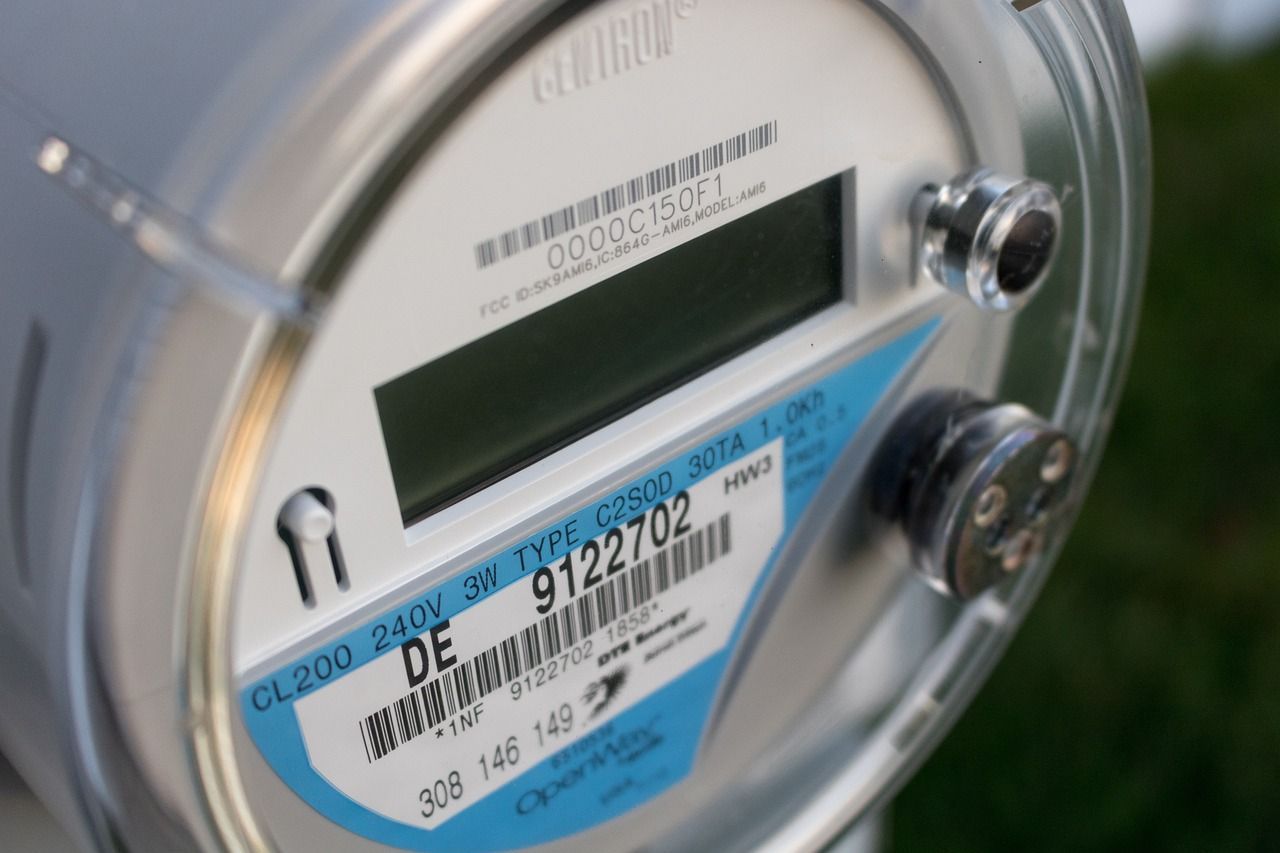
17 Mar, 2024
Understanding Meter Reads and Avoiding Estimated Bills In today's world of rising energy costs, keeping a close eye on your household bills is more important than ever. One way to ensure you're paying for the exact amount of energy you use is by understanding meter reads. What is a Meter Read? A meter read is simply the recorded measurement of your energy consumption, typically electricity or gas. This measurement is taken by a representative from your energy supplier or captured electronically by a smart meter. Traditional meters have dials with numbers that rotate as you use energy, while smart meters display the reading digitally. Taking a Meter Read Yourself While many suppliers now rely on smart meters for automatic readings, some households might still have traditional meters. There are various types of meters, and how to take the read can vary between them. We have published a free guide for how to take meter reads covering various meter types. If you would like a copy of this guide, leave your email address in the form at the bottom of this page and we will send you a free copy.
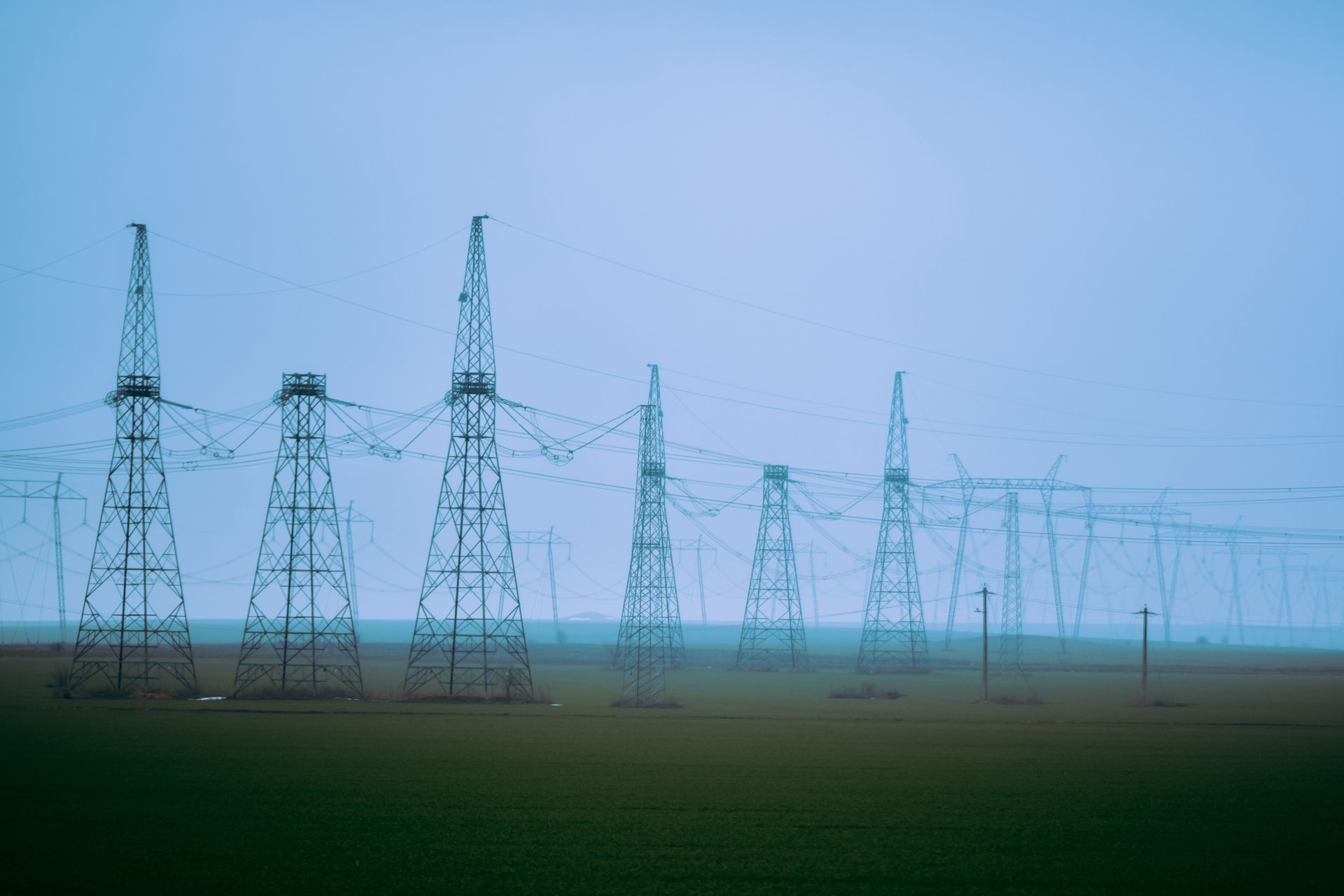
15 Mar, 2024
Understanding KVA Capacity Charges and How to Save Money KVA capacity charges are a vital, yet often confusing, aspect of your electricity bill. This article explains what they are, how they are used, and how you can potentially reduce them. What are KVA Capacity Charges? Imagine your electricity supply like a motorway. KVA (Kilo Volt Amperes) represent the width of the lane allocated to your business. This reserved space ensures you have enough power to meet your peak demands, whenever needed. These charges reflect the cost of maintaining this dedicated capacity on the grid, even if you don't use it all of the time. They are set by your local Distribution Network Operator (DNO) and are billed separately on your electricity invoice. Example: A manufacturing plant has a high-power demand during operation. The DNO allocates a capacity of 50 KVA to ensure the plant has sufficient power readily available. This translates to a daily charge (based on the current rate) of: 3.18 pence/kVA * 50 kVA * 1 day = £1.59 Reducing KVA Capacity Charges Here's the good news: You can potentially lower your KVA charges by optimising your power usage: Monitor your consumption: Analyse your meter readings to identify periods of high energy use (or use an electricity footprint report, like those which are available through our online portal). Spread the load: Try to distribute high-power activities throughout the day, instead of concentrating them in short bursts. Shift tasks: Schedule non-critical tasks for off-peak hours when there's less demand on the grid. Upgrade equipment: Consider investing in energy-efficient equipment that consumes less power. Lowering your KVA Allowance By contacting your DNO, you can formally request a reduction in your allocated KVA capacity. This essentially reduces the width of your reserved lane on the grid. Reduction process: This is a free service as it doesn't involve physical changes to the network. Important consideration: Be mindful that future capacity increases might incur charges as the initially reduced capacity might have been allocated to others. Key Takeaway KVA capacity charges ensure you have reliable access to the power you need. However, by understanding your consumption patterns and implementing strategic changes, you can potentially reduce these charges and save money on your electricity bill. Additional Notes: Capacity charges might be represented as "DUoS" (Distribution Use of System) on your bill. Your DNO can help assess your meter readings to determine if a capacity reduction is suitable for your business. By implementing these strategies, you can gain better control over your KVA capacity and potentially achieve significant cost savings on your electricity bill. If you would like your KVA charges reviewed to see if you can reduce your capacity charges, contact us today . We can conduct a free review to see if you’re a suitable candidate for reduced capacity charges.
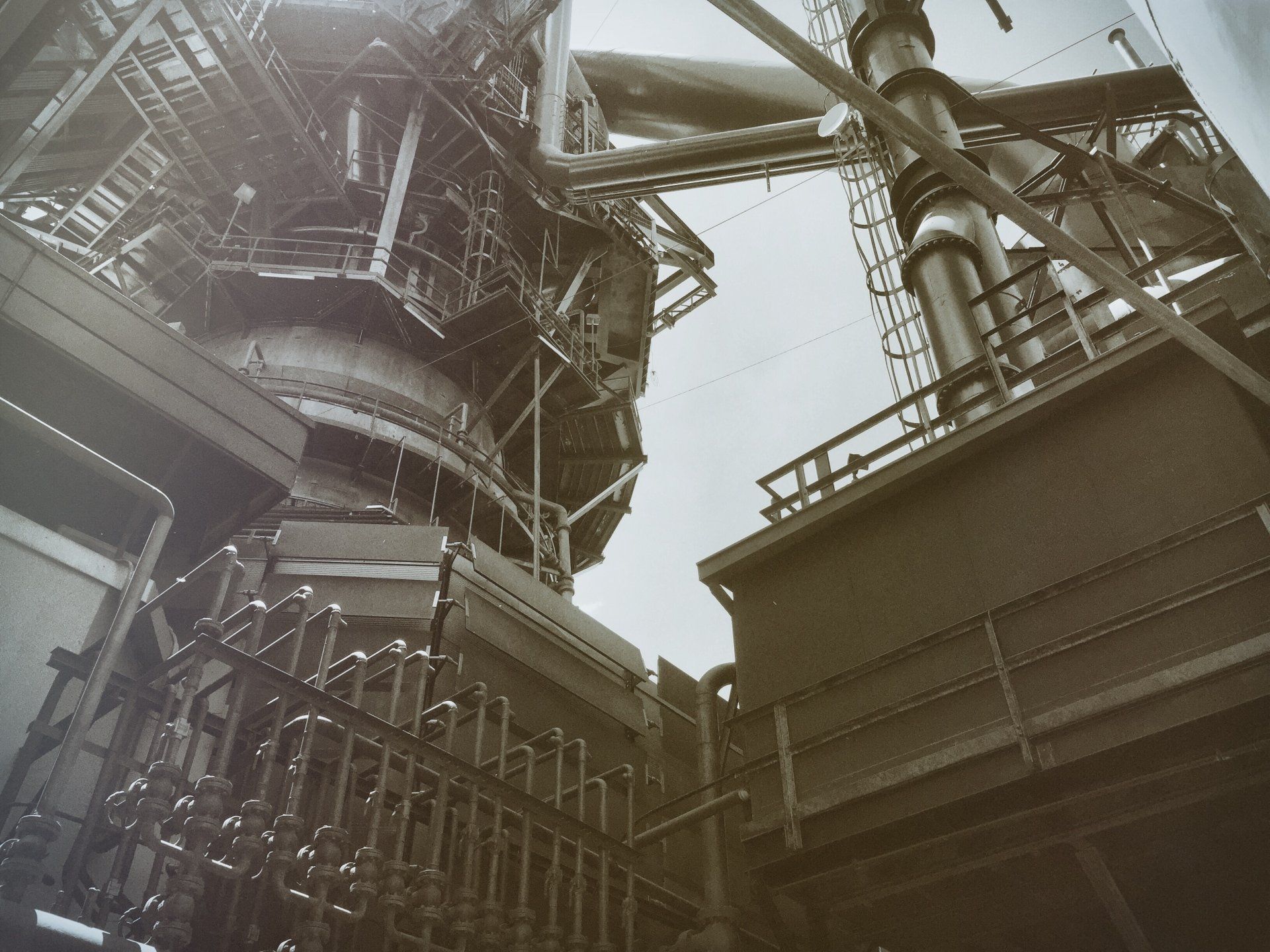
11 Mar, 2024
Who is Eligible for the Industrial Energy Transformation Fund (IETF)? The IETF is for businesses in the UK with high energy usage who are looking to cut their energy consumption and reduce their carbon emissions. There are a few key things to determine eligibility: • Industry : Your company must be in an eligible industry, such as mining and quarrying, manufacturing, recovery and recycling of materials, or data centres. Some new sectors are included in Phase 3, such as controlled environment horticulture activities, industrial laundries, and textile renting facilities. Coal mining is no longer eligible. • Location : Your industrial site must be located in England, Wales, or Northern Ireland. If your company is registered in Scotland but your site is elsewhere in the UK, you can still apply. Businesses in Scotland should look into the Scottish Industrial Energy Transformation Fund. • Project Type: Your project should focus on cutting industrial energy use. The IETF offers funding for: o Feasibility and Engineering Studies: These studies help assess the viability of potential solutions. o Energy Efficiency Deployment: This involves implementing technologies that reduce energy consumption within your industrial processes. o Deep Decarbonisation Deployment: This focuses on technologies that significantly reduce carbon emissions from your industrial processes.
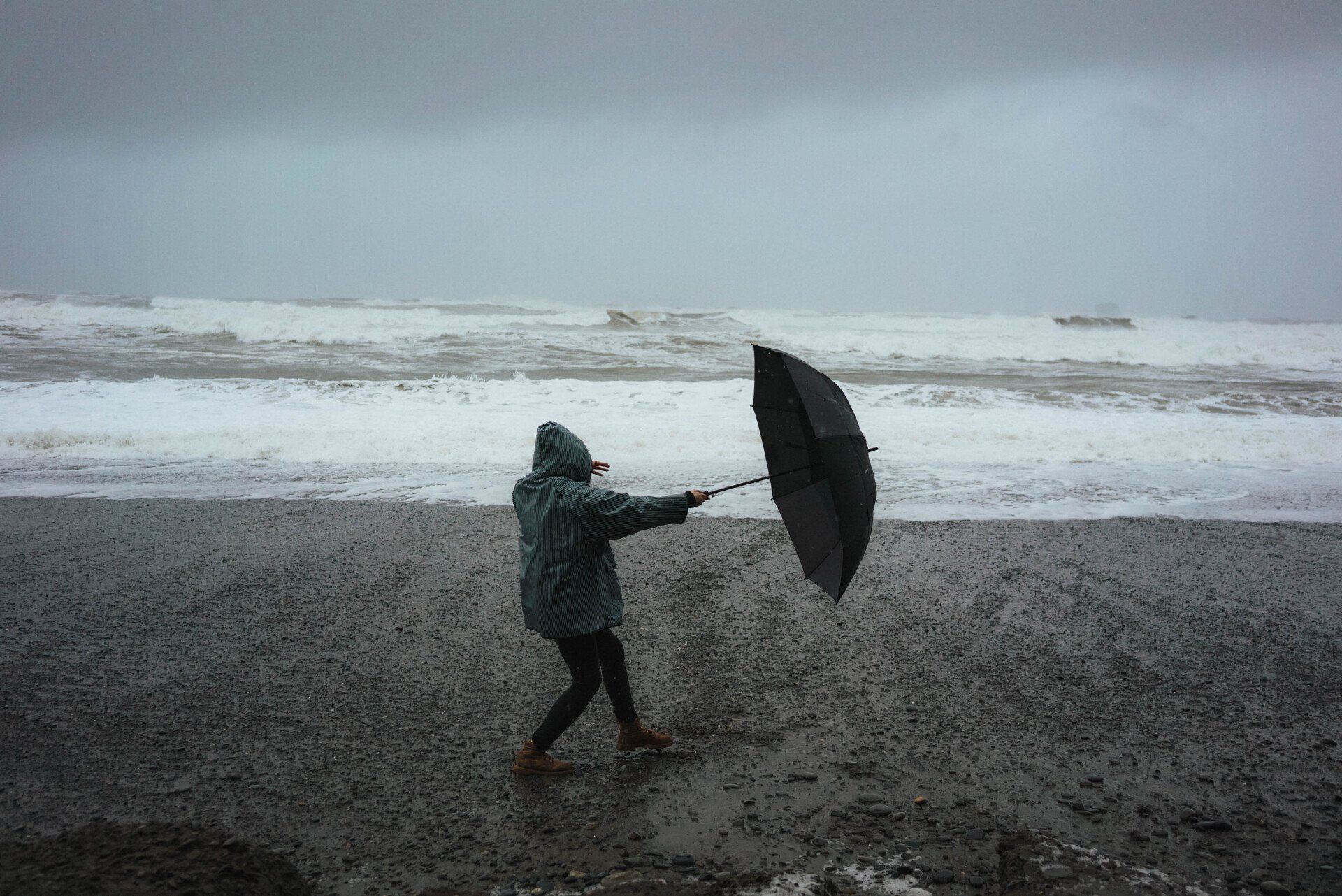
01 Mar, 2024
By Adam Novakovic, Energy Markets Consultant In what proved to be the wettest February in 258 years, we saw energy prices continue their downward trend. Electricity prices for the upcoming summer season fell approximately 20% in the first 3 weeks of the month before ending the month with a small rally in a pattern mirrored by the gas prices.

26 Feb, 2024
The EII (Energy Intensive industry) levy exemption scheme is set to change over the next year. It’s changes are designed to save eligible businesses money from their non-commodity charges and keep them competitive internationally. In this article we will analyse how the changes translate into concrete savings, when they take place, and proposed future changes. Changes to current discount rates Currently the scheme offers businesses operating within eligible industries discounts on non-commodity costs. At the moment, the scheme offers an 85% discount on Renewable Obligations (RO), Feed-in Tariffs (FiT), and Contracts for Difference (CfD). This is due to change on April 1 st , with the discounted rate increasing from 85% to 100%. With the current 85% discount, it is estimated that these savings equal approximately 3.5p/kWh consumed. Capacity Market changes In October 2024 Capacity Market charges are set to be added to the exemption. This will add a further discount of approximately 2.8p/kWh to the non-commodity charges paid per unit of electricity consumed. DUoS charges Reviews are currently taking place looking at the viability of including DUoS (Distribution Use of System) charges within the exemption scheme, with a view of adding them to the list of exempt charges in 2025. If these are included this could lead to the total discount being worth approximately 9p/kWh.
SITE MAP
CONTACT US
Registered Office: 40 Gorse Farm Road, Nuneaton, Warwickshire, England, CV11 6TH


